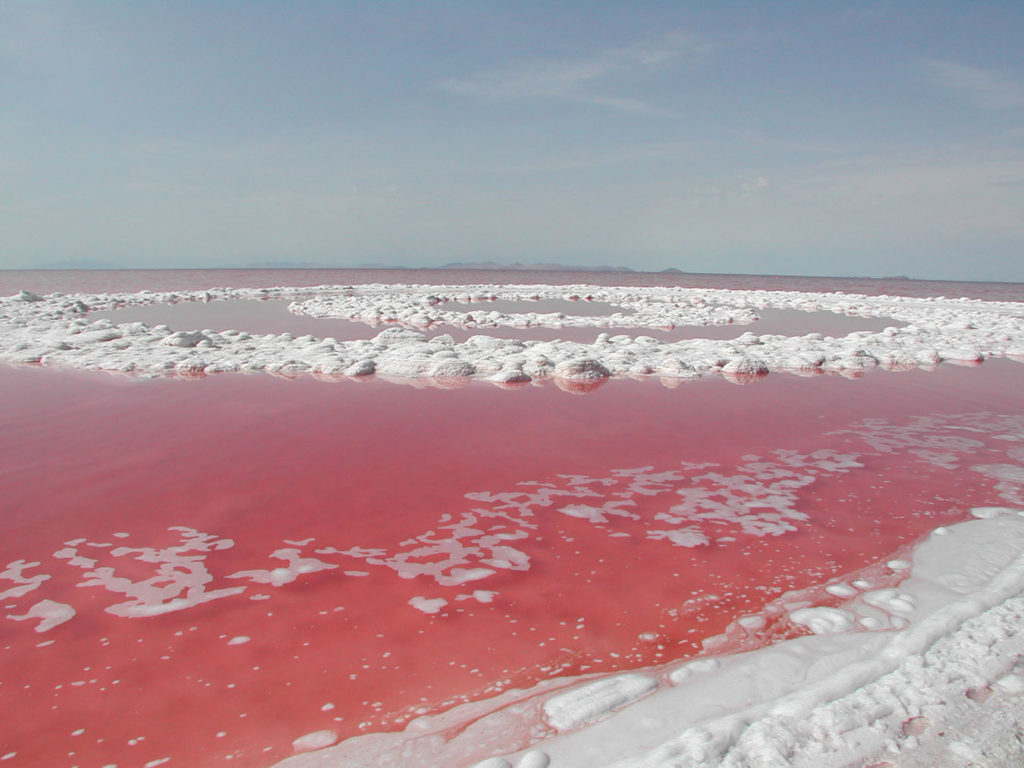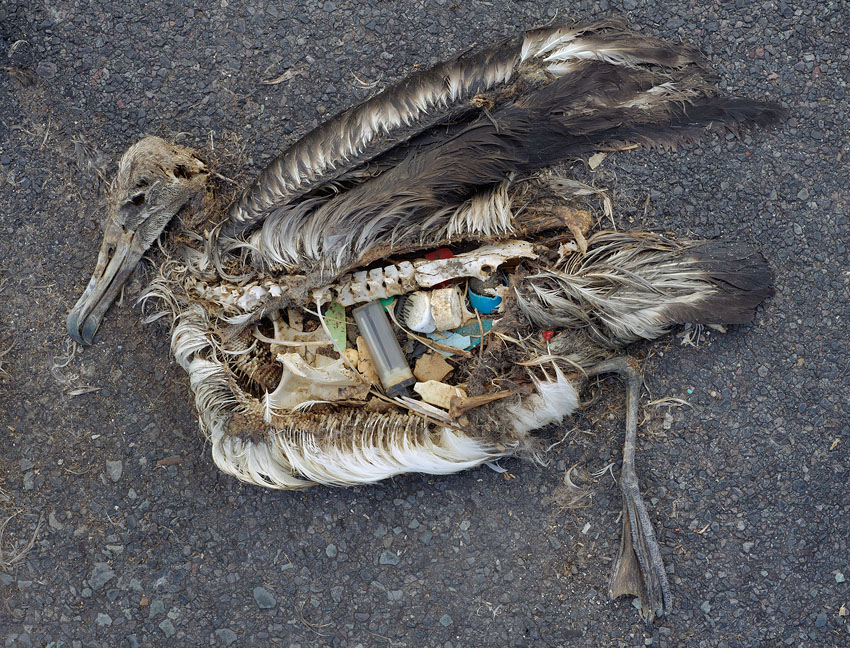Environmental Art Events
The world has a lot of environmental challenges. Pollution, waste, overconsumption, climate change are just some of the problems affecting our planet and urging people to rethink their lifestyle and artists to rethink their art. As a result, more and more artists are creating environmental art that raises awareness and offers answers to some of the environmental issues we are facing today. However, despite the recent surge of environmental artworks, it’s fair to say that environmental art has a long tradition that can be traced back to the 1960s and the rise of Land art.
Check our upcoming events selected for you:

Land Art
Land art, also known as earth art, refers to a movement of artists who made pieces directly in the landscape, by using a variety of natural materials they could find on site. Land artists wanted to take art outside of galleries and into nature. Artists would use the natural environment as their canvas for creating large, site-specific art pieces. American artist, Robert Smithson’s Spiral Jetty featuring a large spiral made in the middle of a desert is considered a pivotal art piece in that respect. Land art rejected traditional sculptural forms and instead made sculptures from natural material (such as branches, rocks, and the earth itself) in a natural landscape.
Apart from questioning the relationship between the artist and nature, land art also questioned the traditional notions of ownership and acquisitions, by creating works that were too large to be collected, many of them temporary and transient. Early land artworks, were often inaccessible to the audience, as they were usually made in deserts and other hard to reach places. In order to present their work to the larger audience, the artists would usually photograph the artworks and the creative process and then exhibit these photos in gallery shows.
However, some of the early land artworks were criticised because they left marks on nature as artists moved rocks, scraped the land and disrupted the natural landscape to complete their pieces. Realising that land art is not always eco-friendly, lead to the creation of other environmental art movements such as eco-art and sustainable art.
Sustainable Art
Sustainable art, on the other hand, is very careful about its influence on nature. It either leaves no mark on the surroundings or it aims to return the natural landscape into its original form. Occasionally, artists even improve the natural landscape. In their works environmental artists, often use natural materials like seeds, flowers, wood and others that are easily decomposed, leaving no waste behind. In the 1970s and early 1980s, environmental art slowly found its way to the urban environment.
Public art project gave artists a chance to bring their sustainable works to a larger audience, to engage with the urban landscapes and bring nature back to the cities. One such attempt was an art piece by Agnes Denes, titled Wheatfield, a Confrontation from 1982. To create the piece, the artist planted a field of golden wheat on a New York landfill, creating a natural oasis just outside of Manhattan.

Ecological Art
Eco-art (also known as ecological art) is a type of environmental art that has a clear environmental goal and embraces social and ethic in form and materials. Ecological art always has an activist, socially engaged aspect. Eco-art comes in many different forms. It can be a project that restores the damaged environment, projects that emphasise coexistence with nature, artwork that celebrate natural elements such as the sun, plants, water, wind, or activist projects aimed to inspire communities to embrace environmental practices or any type of art that addresses the ecological issue trough images or some other objects.
Exemplary pieces of ecological art are renewable energy sculptures that aim to promote eco-friendly ways of energy productions. Renewable energy sculptures are pivotal art pieces that serve a functional and not only an aesthetical purpose. By creating green energy, artists can reduce the negative aspects of CO2 emission on global climate change and inspire others to switch to renewable energy sources as well. For example, celebrated public sculpture, by Ralf Sander entitled the World Saving Machine I and II both relied on the power of solar energy. World Saving Machine II turned carbon dioxide into oxygen, to create snow and ice in front of the Korean Museum of Art in Seoul.
Let’s celebrate World Environment Day 2021, together
In order to encourage awareness and inspire actions to protect the natural environment, the United Nations have established World Environment Day in 1974. Ever since, the World Environment Day is celebrated annually on June, 5th. And what better way to celebrate World Environment Day 2021 than by attending a talk by a celebrated environmental artist Chris Jordan. Our guest speaker is best known for his renowned series Midway: Message from the Gyre, featuring images of dead albatrosses’ stomachs, full of plastic rubbish, which they accidentally eaten by mistaking trash for food. In the upcoming talk, the artist will discuss the effects of overconsumption, pollution and waste and above all, how beauty and art can help us re-think our actions.
The talk aptly titled Down To Earth: The Power of Beauty to Change Us and Our Planet, which you can watch online on Thursday, June the 3rd is completely FREE. Unlike frightening messages about the upcoming environmental disaster, our guest speaker believes that activists should take a different approach. His works count on kindness and spirituality to help people understand their role in finding the environmental balance. Join our online talk and celebrate World Environment Day 2021 by exploring alternative, peaceful and sustainable approaches to environmental issues.
Join our talk ‘Down To Earth: The Power of Beauty to Change Us and Our Planet’
Register online today! -> RSVP


Leave a Reply